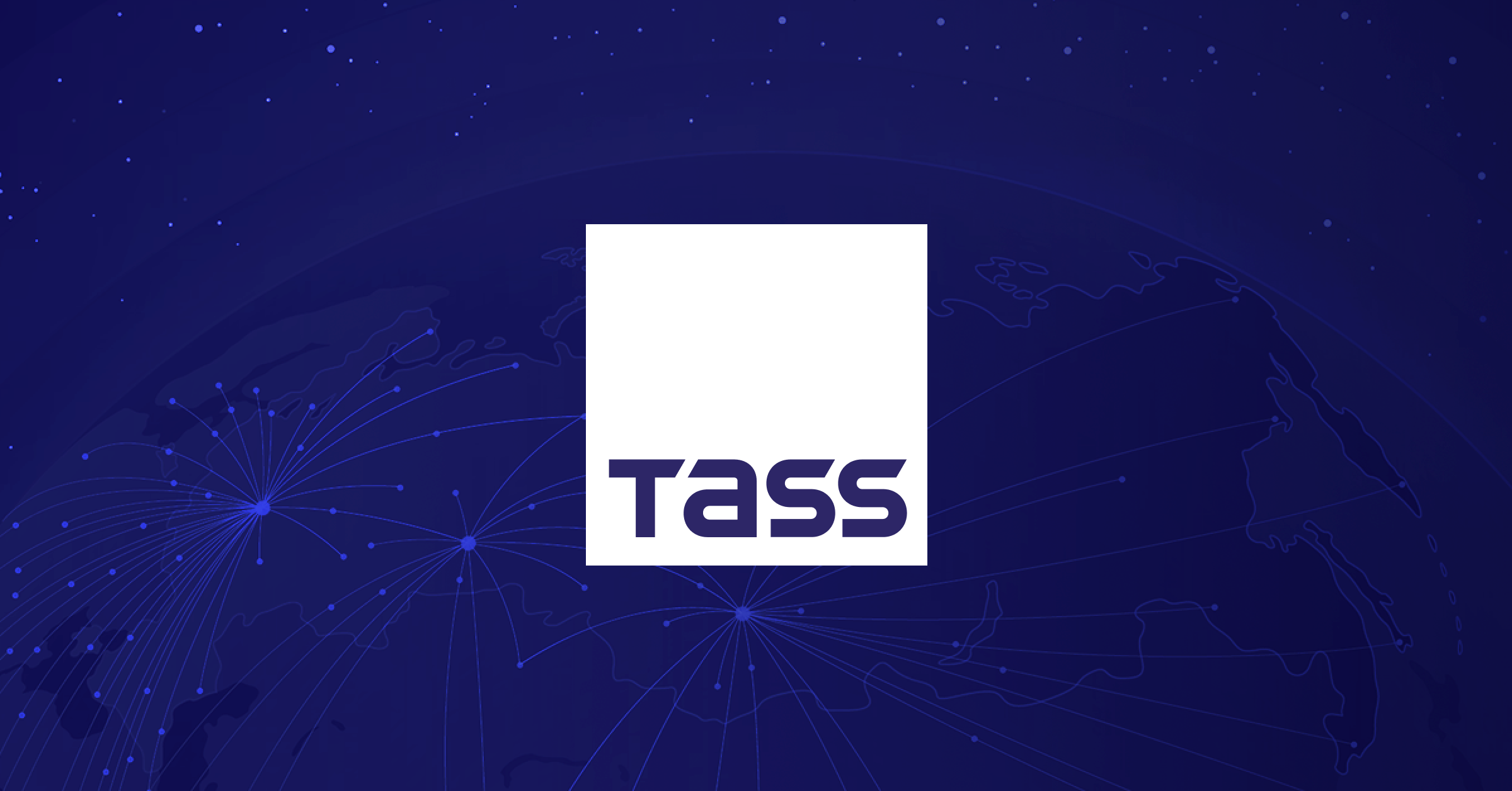

Russia and India are actively pursuing collaborative opportunities to jointly explore and develop the Northern Sea Route (NSR), a strategic shipping lane in the Arctic. This partnership aims to leverage the NSR's potential to enhance connectivity and trade between Europe and the Indo-Pacific region. Several discussions and meetings have taken place between officials from both countries to solidify this cooperation.
Both nations recognize the NSR's significance as the shortest maritime route between Europe and the Asia-Pacific region. A 2011 study indicated that utilizing the NSR could reduce shipping distances by as much as 50% compared to traditional routes via the Suez or Panama Canals. This has spurred interest from both sides to invest in its development and operationalization.
In July 2024, during a summit meeting in Moscow, Prime Minister Narendra Modi and Russian President Vladimir Putin decided to establish a working group dedicated to the Northern Sea Route under the bilateral intergovernmental commission on trade, economic, scientific, technical, and cultural cooperation. The first meeting of this working group took place in New Delhi in October 2024, co-chaired by Rajesh Kumar Sinha, Additional Secretary in India's Ministry of Ports, Shipping and Waterways, and Vladimir Panov, Rosatom's Special Representative for Arctic Development.
During these discussions, key areas of cooperation were identified, including increasing Russian-Indian cargo transit through the NSR, initiating joint Arctic shipbuilding projects, and developing training programs for Indian sailors to navigate the icy Arctic waters. A draft intergovernmental memorandum of understanding was also discussed, which could formalize cooperation in the shipping sector and pave the way for future joint initiatives.
Russia has been proactively developing the NSR, with Rosatom, the state nuclear agency, playing a crucial role as the route's infrastructure operator since 2018. Rosatom oversees a federal project aimed at transforming the NSR into a year-round transportation corridor connecting Europe, Russia, and the Asia-Pacific region. In 2022, Russia approved a $29 billion plan to further develop the NSR until 2035, solidifying its role as a major artery in the Russian Arctic.
However, the NSR is typically only ice-free for about two months each year, necessitating the construction of Arctic-class vessels to ensure year-round operation. Rosatom officials have emphasized the need to build up to five such vessels in the coming years. To address the challenges of navigating the Arctic waters, India and Russia are also exploring training programs for Indian sailors at the Russian Maritime Training Institute in Vladivostok, which is equipped with simulators.
India's interest in the NSR is further underscored by its Arctic policy, titled "India and the Arctic: building a partnership for sustainable development," released in 2022. This policy is based on six pillars, including strengthening India's scientific research and cooperation, climate and environmental protection, economic and human development, transportation and connectivity, governance and international cooperation, and national capacity building in the Arctic region.
The potential benefits of the NSR for India are substantial. As bilateral merchandise trade between Russia and India has increased significantly, the NSR could substantially reduce transportation costs and logistics time. The route could also facilitate India's access to essential resources such as coal, liquefied natural gas (LNG), fertilizers, and other container cargo. In the first seven months of 2023, India accounted for 35% of the eight million tonnes handled at Murmansk Port, demonstrating its growing interest in utilizing the NSR.
In conclusion, the collaboration between Russia and India to jointly explore the Northern Sea Route reflects a strategic alignment of interests, driven by the potential for enhanced trade connectivity and economic benefits. Both nations are committed to overcoming the challenges associated with Arctic navigation and infrastructure development to fully realize the NSR's potential as a vital transportation artery.